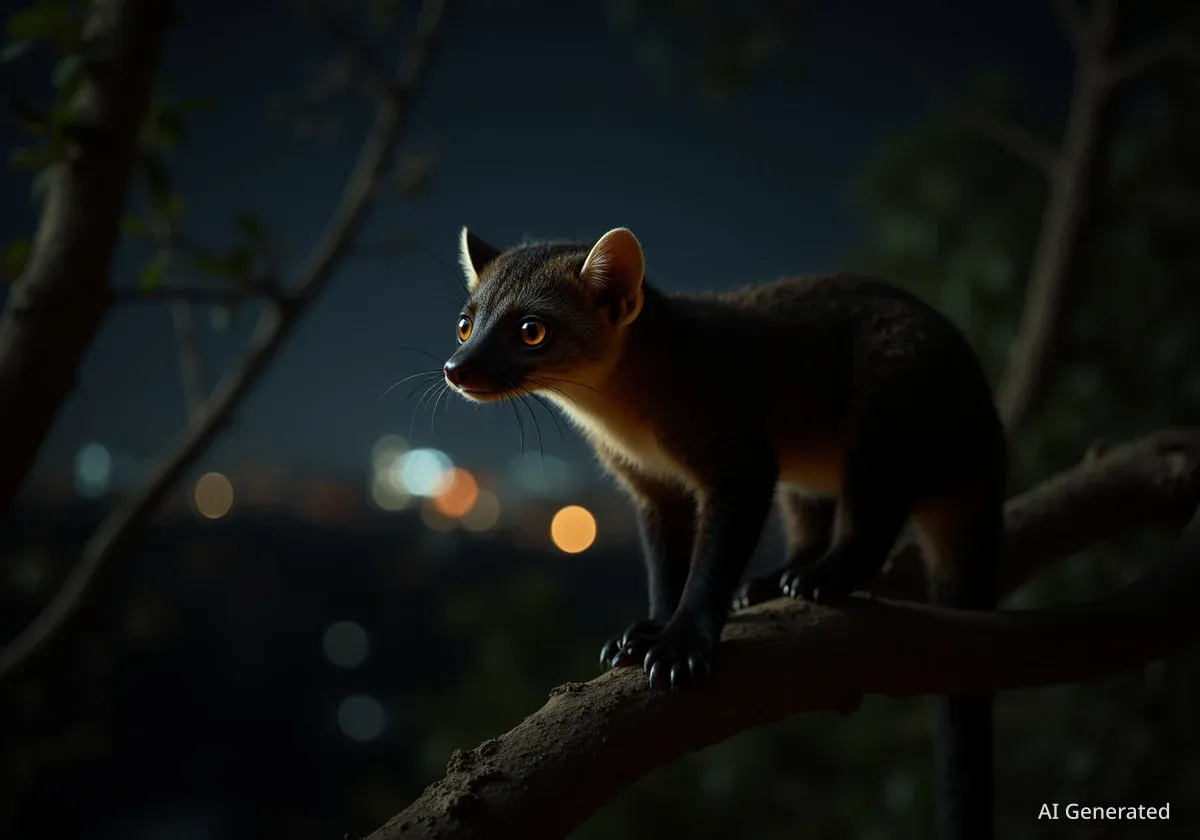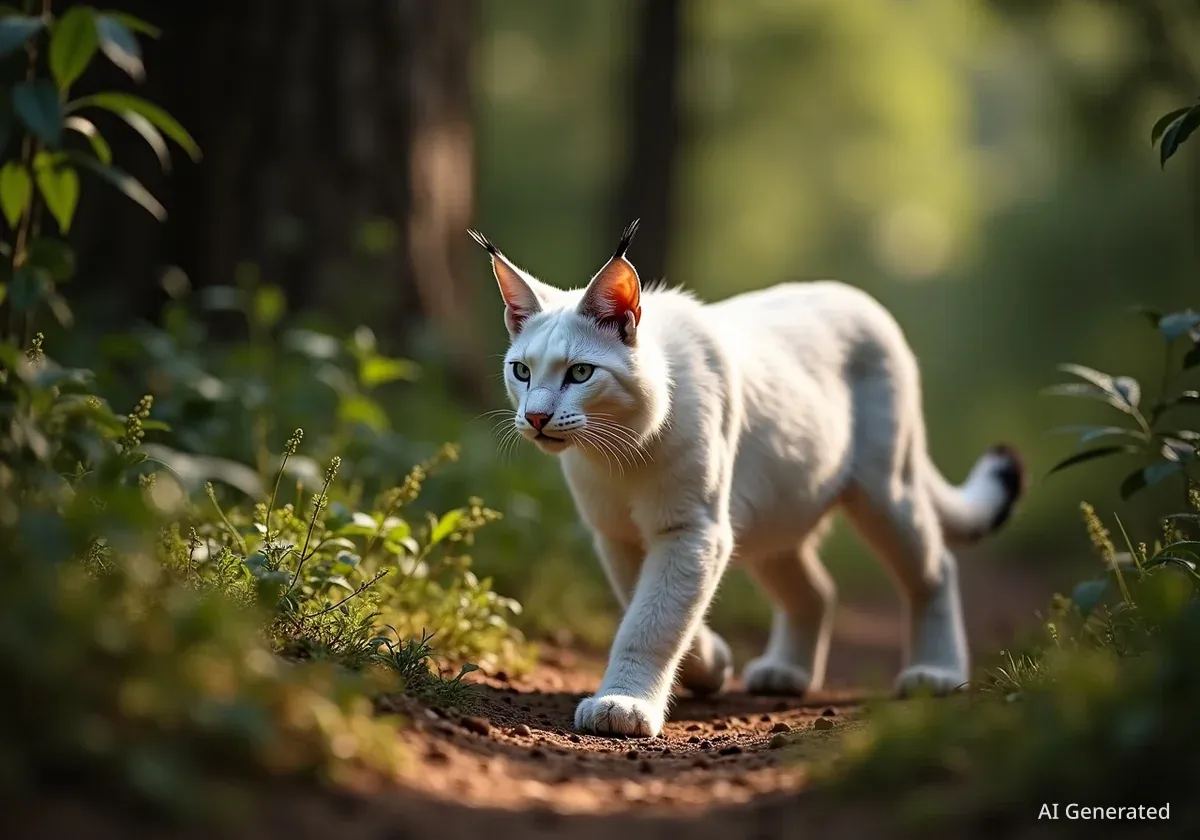Singaporean photographer Tan Yong Lin regularly ventures into his city's residential areas at night. His goal is to capture images of common palm civets, elusive nocturnal animals that many residents rarely see. Lin uses only ambient light from the surrounding buildings to photograph these shy creatures.
Key Takeaways
- Photographer Tan Yong Lin specializes in capturing common palm civets at night.
- He uses only ambient light, avoiding artificial flashes.
- Palm civets are nocturnal and often go unnoticed by city residents.
- These animals adapt to urban environments, using fences and trees for navigation and refuge.
- Lin maintains a respectful distance to ensure the civets feel safe.
Documenting Urban Wildlife at Night
Tan Yong Lin focuses his camera on wildlife in Singapore. While he photographs many animals, common palm civets are a particular interest. These civets are largely nocturnal, meaning they are active primarily during the night. This behavior makes them difficult to observe during daylight hours.
Lin's approach to photographing civets is unique. He does not use artificial lights, such as flash, which could disturb the animals. Instead, he relies on the dim ambient light provided by the housing estates. This method allows him to capture the civets in their natural nocturnal environment.
Fast Fact: Common Palm Civets
- Scientific Name: Paradoxurus hermaphroditus
- Habitat: Forests, urban areas, and plantations across South and Southeast Asia.
- Diet: Omnivorous, consuming fruits, insects, small mammals, and birds.
- Activity: Primarily nocturnal, foraging for food after dusk.
The Elusive Nature of Palm Civets
Many Singaporean residents are unaware of the presence of common palm civets in their neighborhoods. Their nocturnal habits mean they are active when most people are asleep or indoors. This leads to a perception that these animals are rare, even though they may be present in urban green spaces.
According to Lin, some residents express surprise upon seeing his photographs. One Facebook user, Hei Mao Mao, commented,
"[I] live in [Singapore] for 50 [years and] never seen one."This highlights how effectively these civets blend into the night and avoid human detection.
Adapting to City Life
Palm civets have adapted to living in urban settings. They use the cover of night to move through the city. Lin observes them navigating through residential areas, utilizing various urban features for their activities.
Lin noted on Facebook that the civets are "prowling in the shadows." They use the night to hunt and search for food. This foraging takes place both in trees and on the ground. They also use man-made structures to their advantage.
Urban Wildlife in Singapore
Singapore is known for its green spaces and efforts to integrate nature within its urban landscape. This allows various wildlife species, including civets, otters, and various bird species, to coexist with humans. Understanding and respecting these animals is crucial for their continued presence.
Respecting Wildlife Space
Lin emphasizes the importance of giving these animals space. He understands that civets can be very shy. When he encounters a civet, he keeps his movements minimal. He also maintains a safe distance.
This approach ensures the animals do not feel threatened. It allows them to continue their natural behaviors undisturbed. This respect for wildlife is central to Lin's photography practice.
"These civets can be extremely shy as well, so I will keep my movement minimal and give them space by keeping a distance," Lin stated.
Navigation and Refuge
The civets use urban features to navigate the city with ease. Fences and railings become part of their pathways. They also utilize the abundant tall trees found in Singapore's neighborhoods.
These trees provide essential refuge. If a civet feels threatened, it can easily climb into the trees for safety. This combination of urban and natural elements helps them thrive in a human-dominated environment.
The Photographer's Dedication
Lin's dedication to capturing these nocturnal animals is clear. He spends many hours after sunset searching for them. Each sighting remains special to him, even after countless encounters with other wildlife.
His work offers a glimpse into a hidden aspect of Singapore's urban ecosystem. It reminds residents that a diverse range of animals shares their city, often unseen. Lin's photographs help to raise awareness about these often-overlooked creatures.




